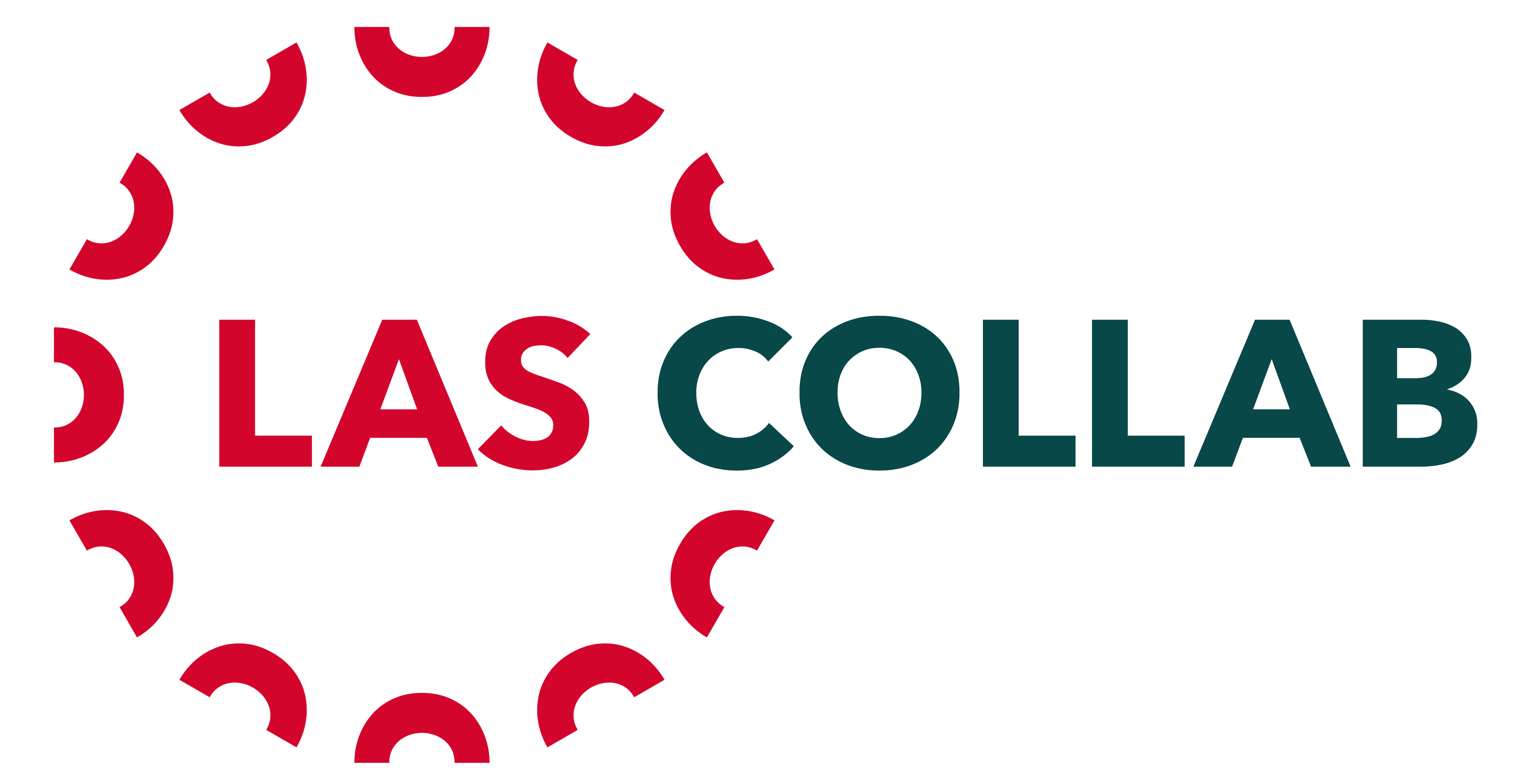Proof-of-capacity Explained: A New Crypto Mining Strategy
By leveraging space for storing rather than computational power, Proof of Capability reduces the energy consumption and environmental impression of mining cryptocurrencies. It also promotes inclusivity and decentralization by making mining accessible to a wider vary of customers. Proof of Work (PoW) is the most generally used consensus algorithm in cryptocurrencies, together with Bitcoin. PoW requires miners to unravel advanced mathematical puzzles to validate transactions and add new blocks to the blockchain.
These mechanisms have their very own advantages and disadvantages, and the selection of consensus mechanism is dependent upon the specific necessities of the blockchain community. The introduction of PoC signifies a monumental shift in blockchain know-how, steering away from conventional mining methods characterized by excessive power consumption and centralization tendencies. PoW mining, the original blockchain consensus algorithm, has long been criticized for its environmental impression with its energy-intensive calculations and specialised mining devices. In contrast, PoC presents an energy-efficient various that sidesteps the need for such power-hungry operations, as a substitute opting for the untapped potential of cupboard space. At a excessive degree, proof of capacity works by permitting miners to use empty area on their exhausting drives to resolve mining rights and validate transactions on a blockchain community. It takes a unique method from proof of work, which relies on computational power.
For any one validator node or group of nodes managed by the same operator to have cheap power, they would probably need to stake many hundreds of thousands, if not billions of dollars of ETH. PoS offers a method using a knowledge structure generally known as hard to pebble graphs, similar to a Merkle hash tree. This information structure’s characteristic is that generating upper-level information should rely on lower-level information. Mining competitively would require terabytes of obtainable unused house, so it may be challenging for a standard home PC.
By using precomputed hash lists saved on hard drives, PoC accelerates the process of confirming blocks, all the whereas conserving valuable energy. It’s a win-win state of affairs that guarantees to reshape the blockchain ecosystem right into a extra accountable and efficient area. The likelihood of a miner successfully mining a block instantly correlates to the quantity of answer values stored on their onerous drive—their dedication to the blockchain community. The mining algorithm of PoC ensures that each miner, from the largest operation to the smallest, stands on the beginning line with their plotted hard drive, able to calculate all of the deadlines. As they pore over their plot recordsdata, they purpose to choose out the smallest deadline from all the hashes, which represents their best shot at including the next block to the blockchain. It’s a contest the place each miner’s hard drive is their stadium, and the digital property at stake spur them on to search out the winning scoop.
Proof of capacity (PoC) is a consensus mechanism algorithm used in blockchains that allows for mining gadgets in the network to use their available hard drive house to determine mining rights and validate transactions. Proof of capability (PoC) is a consensus mechanism used by some cryptocurrencies that allows miners to use available spare house on their hard drives to mine new coins and validate transactions. It’s an alternative alternative to proof of work that depends on space for storing somewhat than computing power. Proof of Capacity is a green and energy-efficient consensus algorithm that provides several advantages over traditional Proof of Work.
Incentivizing Miners: Block Rewards And Truthful Play
Burstcoin uses PoC to conduct power environment friendly mining of blocks while maintaining excessive levels of community safety and decentralization. In comparison with the hashing function on Bitcoin, which entails SHA-256, Shabal permits miners to carry out the required computations in advance and retailer the results on local exhausting drives. Whereas it is believed that the payment tremendously depends on the capability, in actuality, it is linked to the interval of storage used.
Proof Of Storage

For these reasons, proof of capacity presents an intriguing various consensus mechanism that gives distinct advantages over proof of labor. One of the primary advantages of PoST is that it encourages customers to retailer data on the blockchain, which is helpful for the network as an entire. To use the community, users must pay miners for storage, retrieval or distribution of their knowledge. Miners, then again, earn FIL tokens for making storage space out there to customers.
Each nonce created throughout this meticulous plotting process is a constellation of eight,192 hashes, organized into pairs generally known as ‘scoops’. These scoops are akin to the exact arrangement of colours on an artist’s palette, ready to be selected at just the best second in the course of the mining part. The plot files, subsequently, turn out to be a treasure map of sorts, the place every ‘X’ marks a possible answer, and the storage space on the disk becomes the vast ocean during which these treasures are hidden.
Since algorithms calculate the common being staked throughout the network at any given time, any makes an attempt by miners to consolidate their staking power will end in higher average staking requirements. By the end of this text, you’ll better perceive the various consensus mechanisms in blockchain and how they form the future of decentralized expertise. Blockchain technology is reworking industries internationally by providing a decentralized, secure, and transparent method of exchanging worth and data. However, the underlying architecture of blockchain networks requires a mechanism to achieve https://www.xcritical.com/ consensus between a number of events, which is essential to make sure the integrity and accuracy of the information being exchanged.
The search continues for the optimal stability of safety, efficiency, and decentralization. The relative merits of each consensus mechanism are still being actively researched and debated within the crypto space. A proof of space-time (PoST) is a proof that exhibits the prover has spent an period of time maintaining the reserved house unchanged. Its creators cause that the worth of storage is inextricably linked not solely to its capability, but to the time during which that capability is used. After the release of Bitcoin, options to its PoW mining mechanism had been researched, and PoS was studied in the context of cryptocurrencies.
- Whereas proof of house and time is an interesting resolution to many of the problems created by proof of labor and proof of stake consensus models, it’s far from perfect.
- It also helps create new cryptographic instruments to lift the protection of its smart contract.
- By shifting the mining course of to storage-based participation, PoC reduces vitality consumption while decreasing the barrier to entry—making it more accessible to people utilizing standard hardware.
- This makes it a much more energy-efficient and environmentally friendly consensus algorithm.
However, this methodology is too cumbersome, consuming the client’s disk house and putting immense strain on network transmission. Next, let’s look at a variety of the key benefits and downsides of proof of capability in comparability with other consensus mechanisms like proof of work. In this complete information, you’ll learn all about how proof of capability works, its advantages and downsides, and a variety of the prime PoC cryptocurrencies utilizing this algorithm right now. If no different miner has added a brand new block throughout the deadline, then any miner who has accomplished the PoC course of can add a new block.
From its progressive use of storage space to its promise of a extra equitable and energy-efficient mining process, PoC stands out as a beacon of progress in the digital panorama. Customers will pay for space for storing with the Storj token, and recordsdata are stored proof of space in an encrypted format on nodes across the realm of their choice. Node owners are compensated with Storj tokens for providing storage space, network bandwidth, and totally different prices related to working a node.
Proof of labor is used extensively in cryptocurrency mining, for validating transactions and mining new tokens. Sure, present general-purpose hard drives could be effectively used for PoC mining, providing an economical option for entry into the mining course of. Filecoin extends the utility of PoC beyond foreign money mining to the realm of decentralized storage. By employing PoC within its infrastructure, Filecoin illustrates the pliability of this consensus mechanism, proving that it could safe extra than just financial transactions—it can safeguard a world network of shared data. The race for greater capability drives could, paradoxically, result in the same centralization points that PoC seeks to avoid.
Proofs of storage (PoS) are cryptographic protocols that enable a shopper to effectively confirm the integrity of remotely saved information. To use a PoS, the shopper sends an encoded version of its data to the server while keeping a small quantity of state domestically. Like some tokens and currencies, including Ethereum, Chia retains a strategic reserve of its currency (which it refers to as pre-farm), which it believes will help stabilize prices and cut back market volatility.

PoC provides several advantages over PoW, together with its power efficiency and the truth that it could use any regular hard drive, together with those with Android-based techniques. Additionally, PoC is designed to incentivize honest participation within the network, leading to a more secure and reliable system. By leveraging strange hard drives, PoC democratizes the mining landscape, permitting individuals with limited assets to contribute to the network Bitcoin. This inclusivity is not only a nod to equity; it’s a strategic advantage that broadens the base of miners and, by extension, reinforces the network’s decentralization. In a sense, PoC’s use of space for storing as a consensus useful resource is a masterclass in resource optimization, repurposing idle disk area for the larger good of the blockchain neighborhood.
